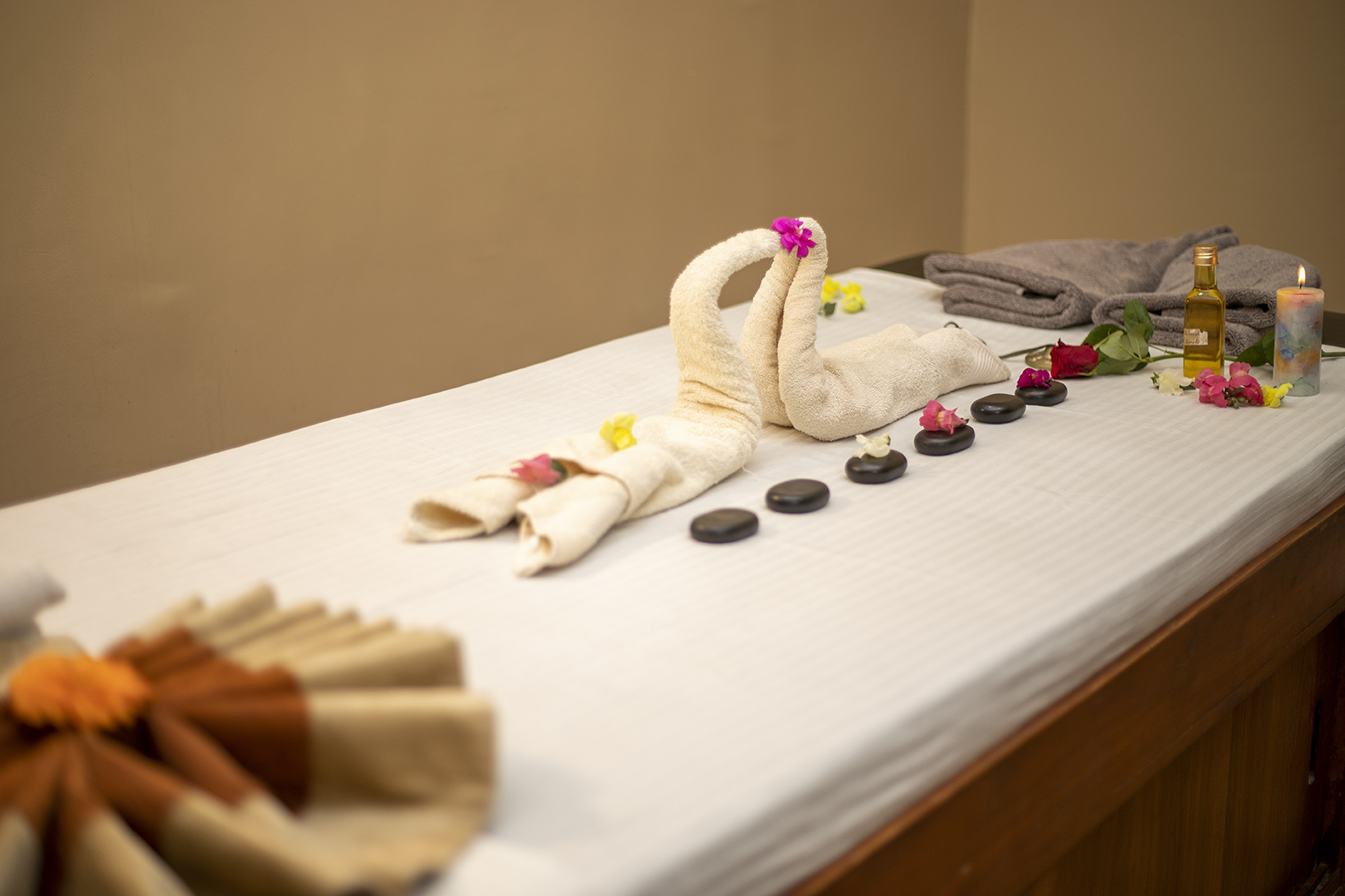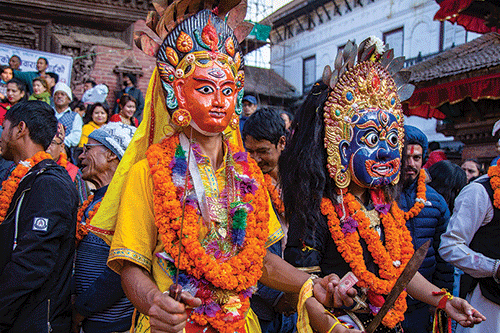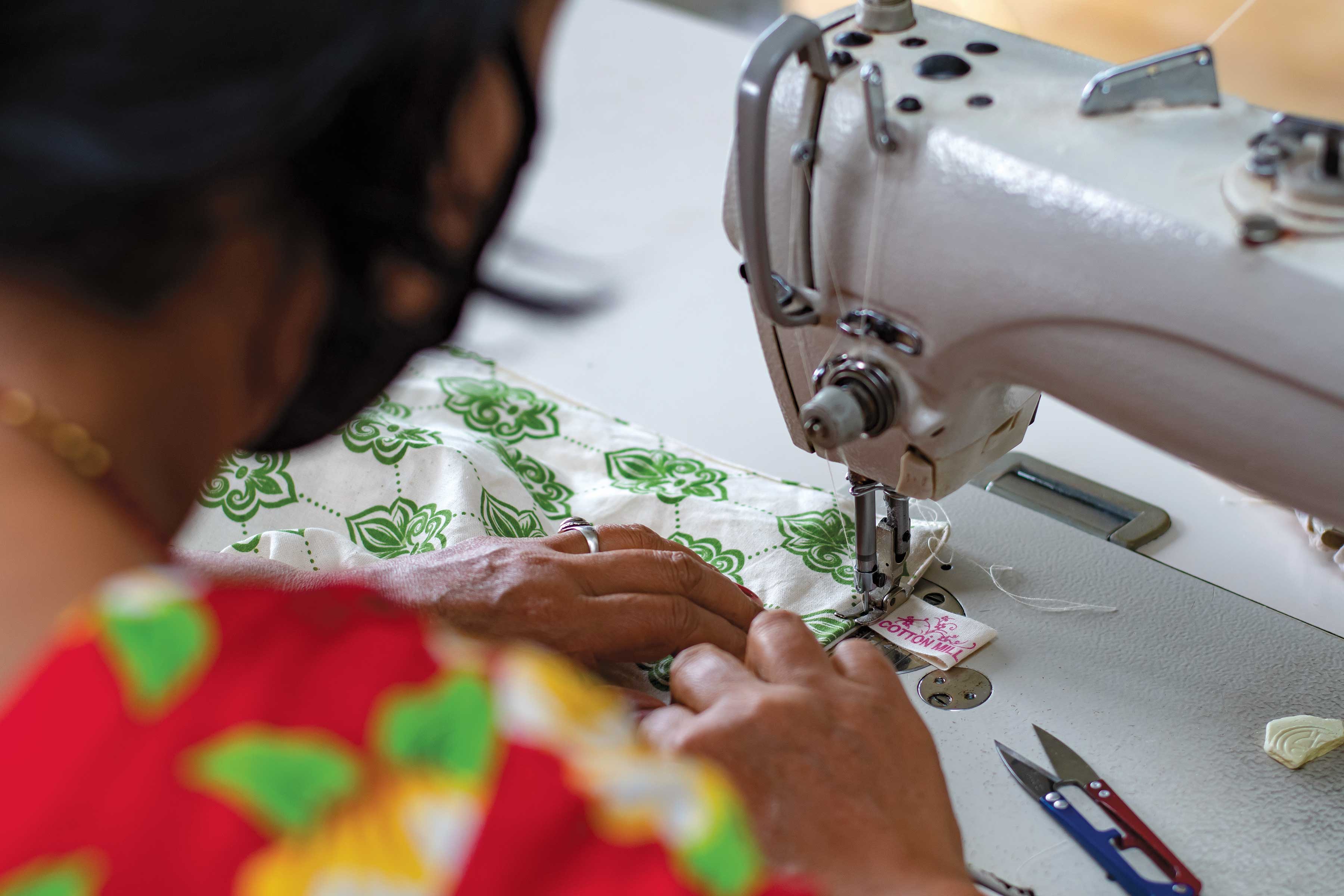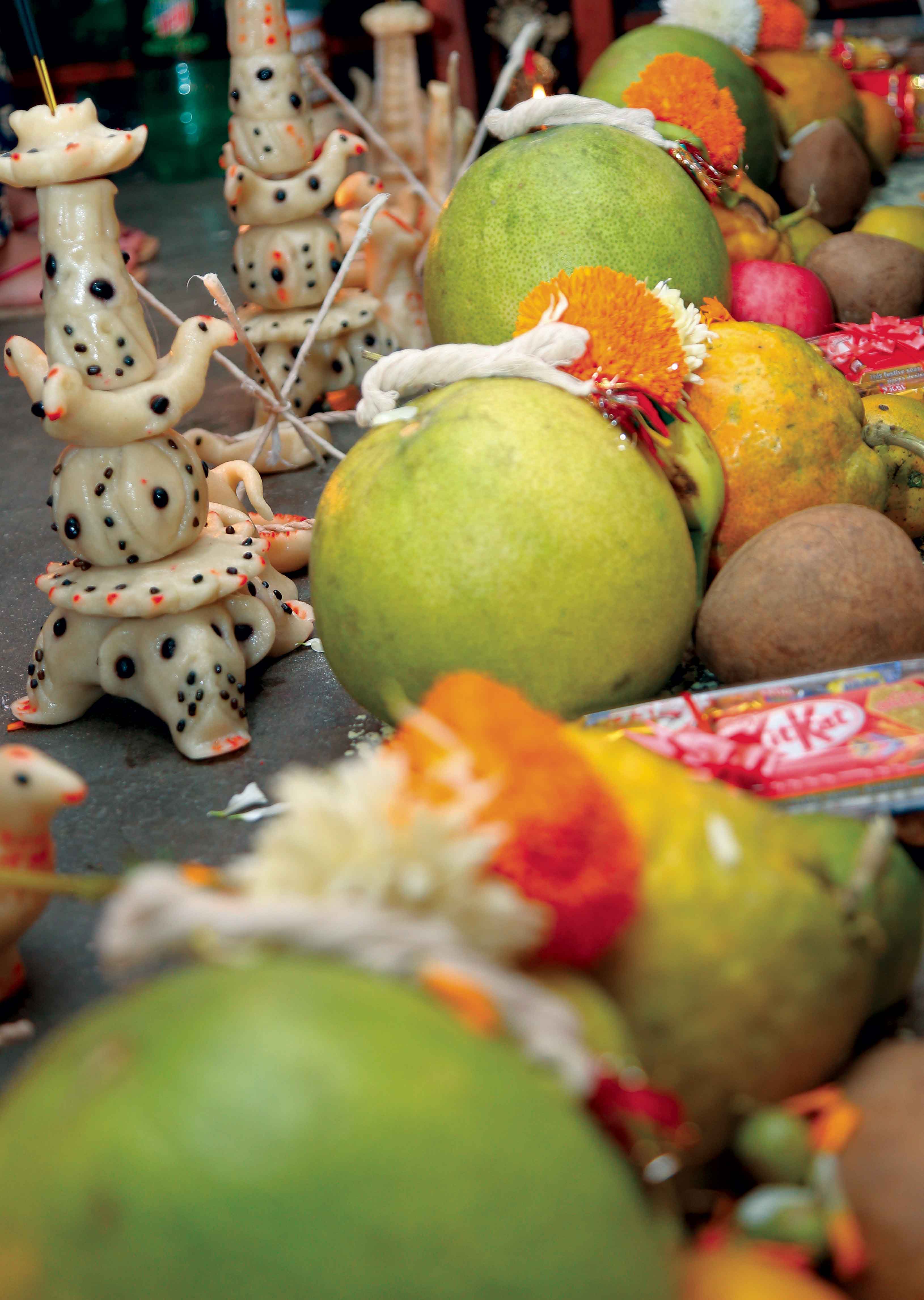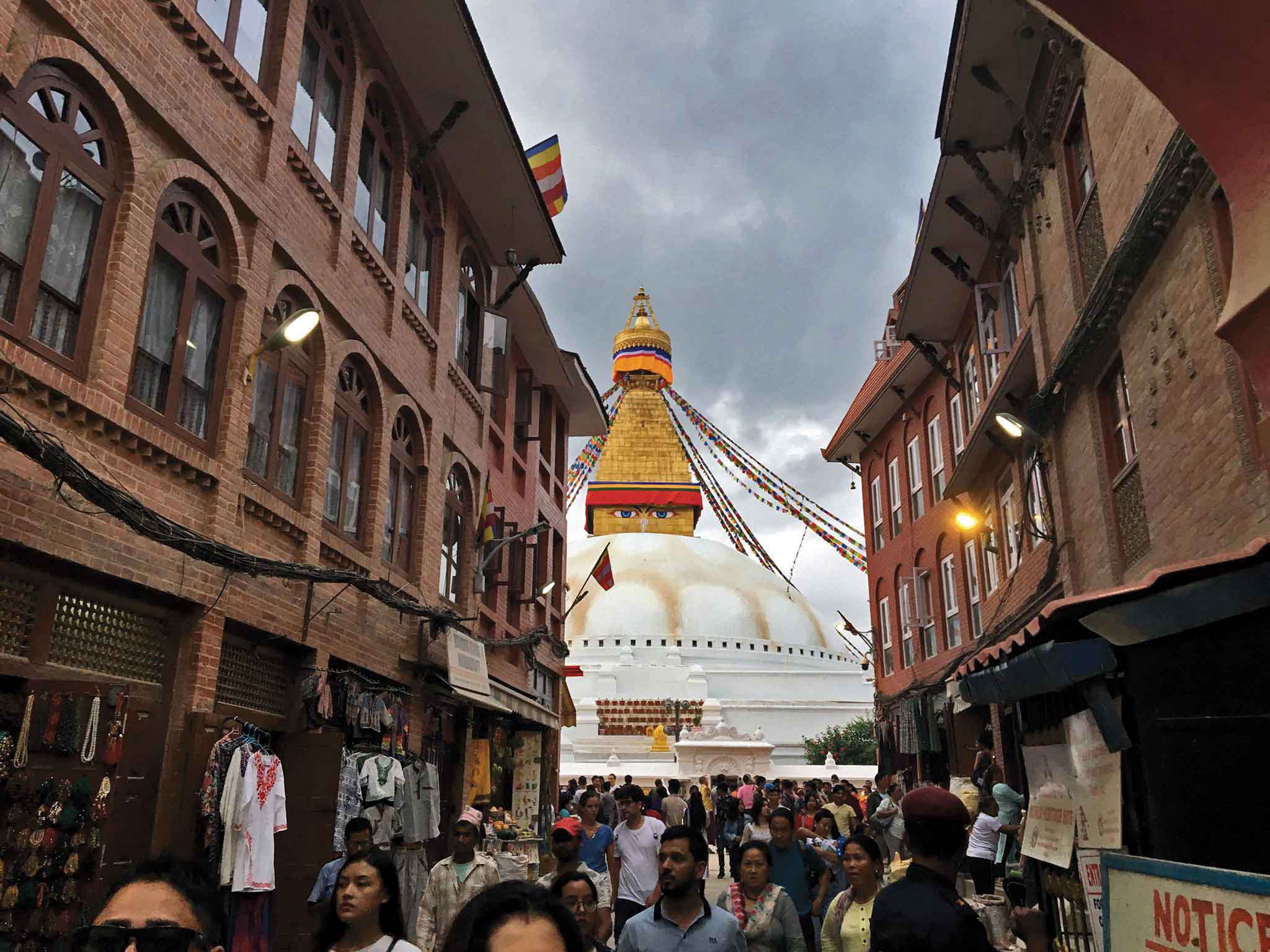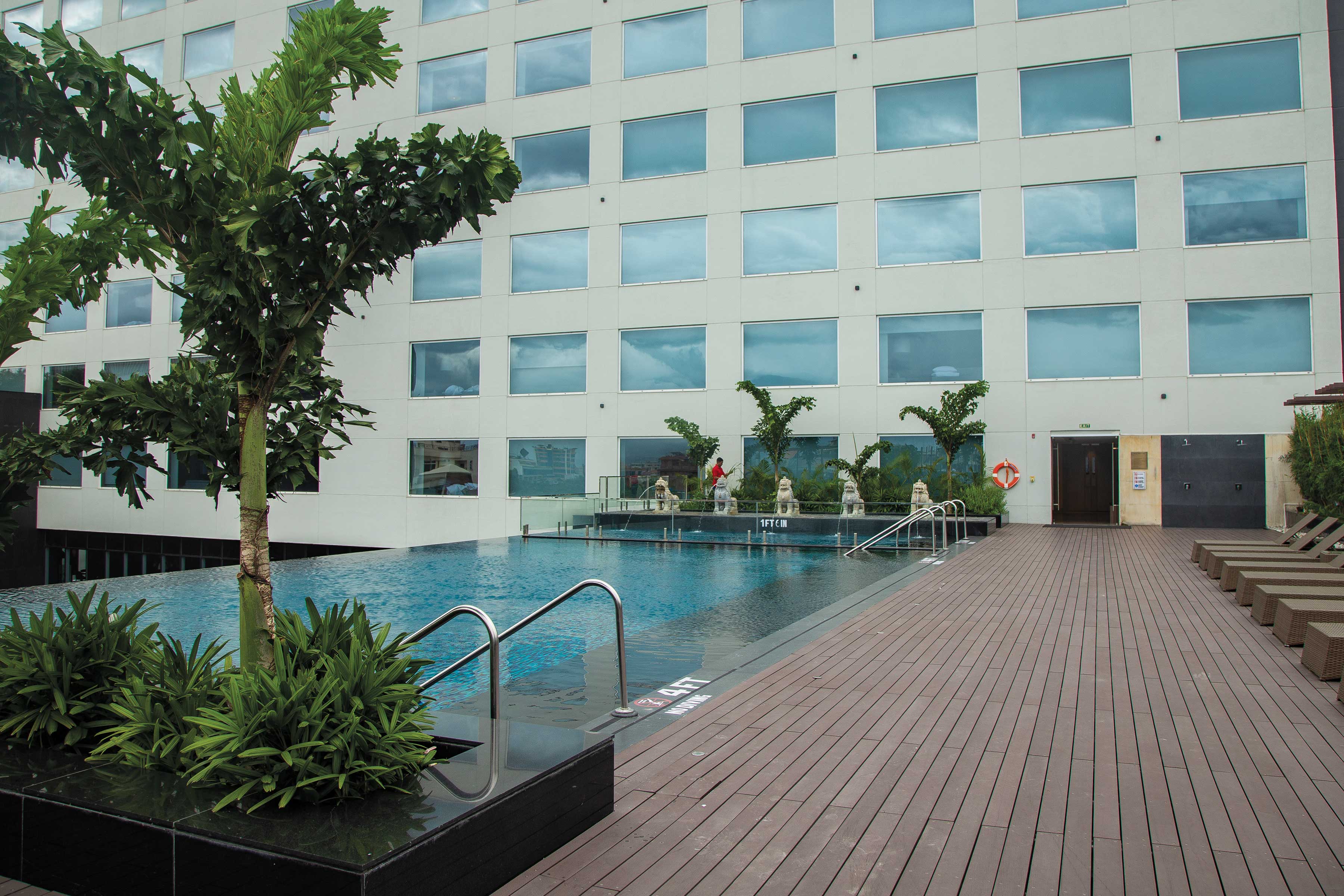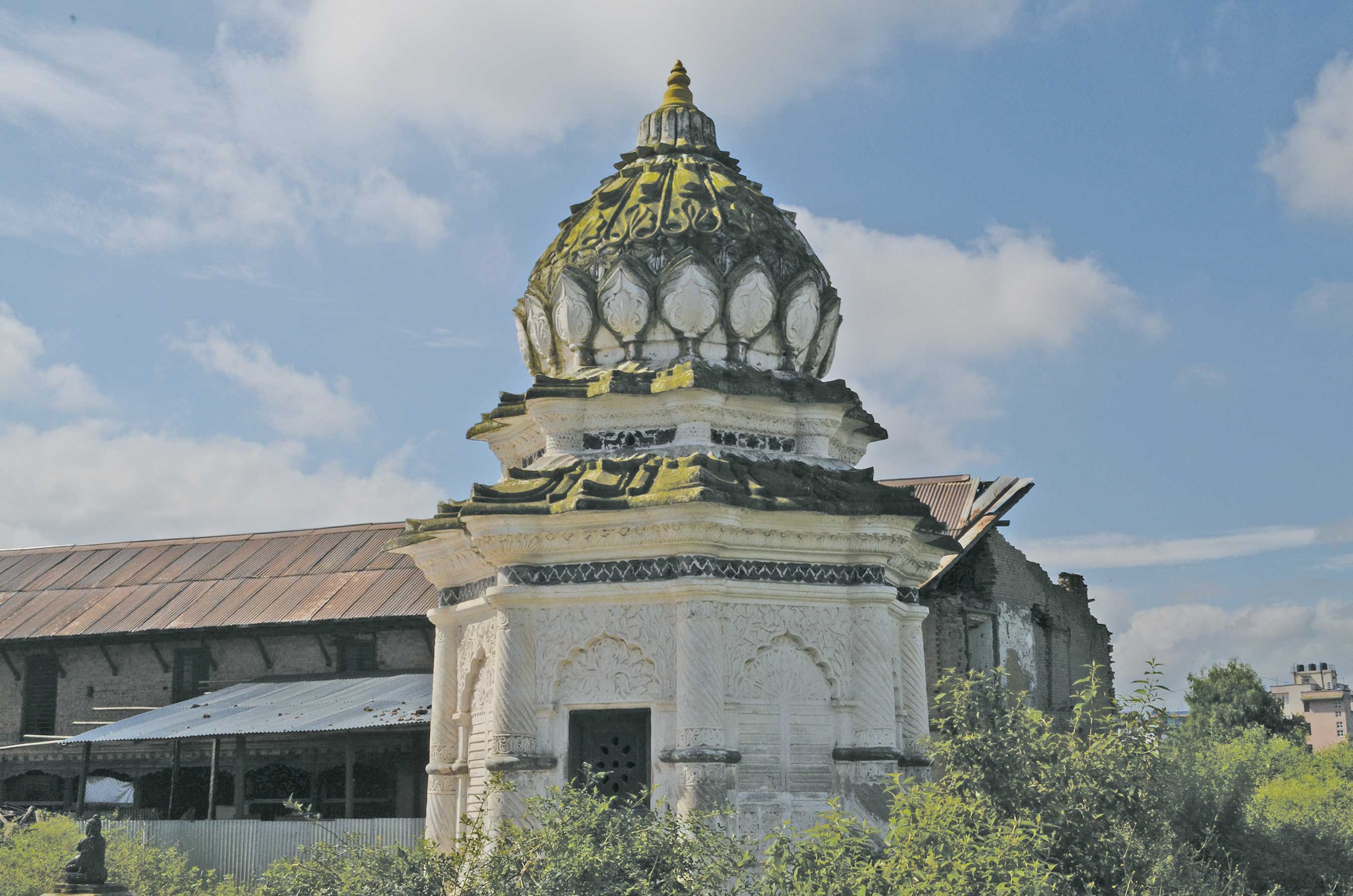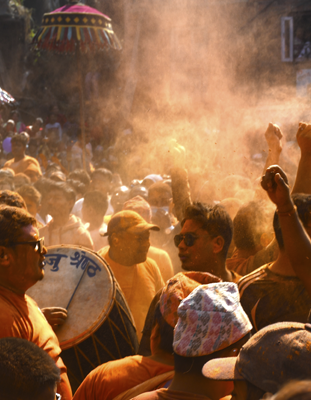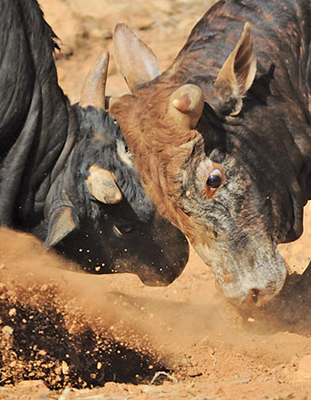Their stories go unsung, muffled by the glamor of football and cricket, but a new breed of Nepali ultra-runners is taking the international running scene by storm.
 They stood anxiously at the starting line, some 1600 athletes from 30 nations – among them, the world’s finest. A chilly dusk in early January captivated the international sports community at the HK100, an ultra-marathon 100km race, considered one of the toughest in Asia, along the rugged and rough terrains of Hong Kong. Dwarfed by the imposing, well equipped, and highly trained elite runners were Tirtha Bahadur Tamang, 26, and Bed Bahadur Sunuwar, 27, both runners from Nepal. Their nervous hearts were drumming in sync with the final countdown as they waited for the flag off. Then, the start horn.
They stood anxiously at the starting line, some 1600 athletes from 30 nations – among them, the world’s finest. A chilly dusk in early January captivated the international sports community at the HK100, an ultra-marathon 100km race, considered one of the toughest in Asia, along the rugged and rough terrains of Hong Kong. Dwarfed by the imposing, well equipped, and highly trained elite runners were Tirtha Bahadur Tamang, 26, and Bed Bahadur Sunuwar, 27, both runners from Nepal. Their nervous hearts were drumming in sync with the final countdown as they waited for the flag off. Then, the start horn.
Tirtha and Bed always sport a smile, and in their soft voices, they talk about their families and life in the army. They have humble roots in the far-off hills. Their calm demeanor, pleasant personalities, and subtle sense of humor are quite unremarkable. They do not speak a word about their accomplishments unless asked. For anyone who hasn’t met them, Tirtha and Bed seem like ordinary blokes leading ordinary lives.
But nothing was ordinary about the duo when they blazed down the asphalt on the final leg of the race. Their demeanor remained equally composed as they triumphantly fluttered Nepal’s flag over their head. After running for ten straight hours in the most unrelenting terrains – an unimaginable and impossible feat for most – they had outrun the world’s top runners one after the other. As the two crossed the finish line in succession, bagging the gold and the silver, in spite of the exhaustion and excruciating muscle pain, their smiles remained unswayed.
And as if 100K wasn’t enough, enter Aite Tamang, another celebrated trail runner. Considered the holy grail of trail running, Ultra-Trail du Mont-Blanc (UTMB) is an ultra-marathon race where athletes traverse through France, Italy, and Switzerland on a 168K trail. For the 28-year-old, it was 23 hours and 14 minutes of running - that, for starters, is just short of one full day without any sleep or rest along the way, competing against over 8000 participants. Aite came in 12th overall, and first among Asians, an achievement he is very proud of. Despite never having run that distance before, without sophisticated equipment or nutrition, he was the second Nepali ever to have participated in the UTMB race. From a time back in his teens when he was preparing to migrate to Japan to joining the army and eventually becoming an ultra-runner, it has all been but a dream.
HK100 and UMTB are mere examples of the myriad of races these elite Nepali athletes have participated and performed extremely well in. It thus comes as no surprise that exceptional performances leading to podium positions, coupled with humility and sportsmanship, have earned them recognition, respect, and admiration in the global sports community. Being featured in numerous international airwaves and glossy magazines has become a norm, to which Tirtha says; “I don’t get too tired at the finishing line, but cameras as long as my arm immediately surround me. Beleaguered by questions I’m hardly prepared to answer, I get worn down really fast. All I want when I finish is to be with my coach and supporters.”
For these runners, it didn’t start easy. “I’d never expected to run such distances, let alone win,” shares Bed Bahadur. “All of us were involved in other sports before joining the army. We were fit. But it was a stroke of luck that our talents got noticed by senior army officials, and in due course we were assigned full time in athletics. But we never had the privilege to play proper sports as kids.” Bed recalls how he used to kick around a sock stuffed with husk during his school days in Ramechhap. In the army, they received freedom and support to pursue running professionally. “Initially, we were inexperienced at running long distances and couldn’t pace ourselves,” adds Bed. “In fact, the first ultra-marathon I ever participated in was the Annapurna 71K, where I came in seventh. Worse, I couldn’t walk properly for the next week, and toilet calls were a nightmare,” he chuckles.
Over time, the runners met coach Pusha Raj Ojha who trained them to enhance their performances. From short-distance runs, their training transitioned to proper marathon distances of 42K, and eventually ultra distances of 100K and over. “Coach Ojha trained us to reach greater heights with his knowledge,” acknowledges Aite.
Winning an ultra-marathon is never easy, yet with persistent training, sacrifice, and determination, it is not impossible. “In my first ever ultra race in 2010, an 80K Annapurna marathon, I pushed myself beyond my limits,” continues Aite. “I had come in third and was quite pleased as many senior and experienced runners had also taken part. It was just after I’d finished that it happened - I lost control of my bladder and had urine discharge even while sitting down. It was the first time I’d ever experienced something like this, and it made my family very concerned.” In the same year, right after he finished third in the Everest Marathon, he collapsed and regained consciousness only after five bags of saline were injected into his bloodstream. But Aite did not let that deter him, nor did he give up when his legs gave in on the 80th kilometer during the HK100 last year. “I had a huge lead, but had to give up because of severe muscle cramps. I refused to quit and walked 20km to come in sixth.”
It’s obvious that running ultra distances is not a walk in the park. But why then run such distances, at those altitudes? Why punish your body and push yourself to the very brink? Muscle injury, knee problems, stress fractures, asthma, dehydration, and a host of other ailments are potential effects of long distance running. “The other runners always seem incredibly more prepared, and they probably even are. But then when I run, I realize that the hopes of my supporters and well-wishers are with me,” shares Tirtha. “I think to myself, ‘If I’ve made it this far competing with the world’s top runners, I must go a little further. I can and must win this!’ Adrenaline kicks in and my legs move at their optimum. It all comes down to training and experience.” Tirtha adds, and his colleagues concur, that when racing internationally it’s not about just the stamina, but the entire country pushing them ahead. “For the most part, physical training plays a crucial role but it’s the voice in the back of the head that tells you to never stop, that the pain is temporary. The faster I run the sooner it’s over!” he laughs.
For ultra-runners, stamina and guts don’t materialize from thin air. It takes years of dedication and hard work, training as a team day after day on unforgiving terrains under unfavorable conditions. The training sessions are long and consistent, with only one recovery day per week. An easy average day of training sees the men run about 25K while a full training is anywhere from 75K to 100K along undulating tracks. “Even while just practicing, muscle cramps and hunger constantly wear us down, but it’s important to persevere and get used to the pain,” they remark.
The edges of Kathmandu are a natural training ground for runners. Barely trodden, steep slippery trails with loose soil and a lack of steps are not alien to the athletes. A combination of altitude, proximity, and undisturbed paths make the Champadevi hill range towards the city’s south their definite favorite for training. “While running in the woods, a sense of calm and serenity takes over. We forget the mayhem of the city and the chaos within ourselves,” says Tirthawith a smile. “Running through pristine woods, the crisp and fresh air is one that reminds us of how close we are to nature. If we’re lucky, we get to see exotic animals like wild boars, deer, and pheasants.”
But training sessionsaren’t always so grueling. “Occasionally, we complement our training with locally made dheedo and chicken on Chandragiri’s peak,” says Aite.“The fresh and authentic meal goes well with a mug or two of a local brew like chhyang. The breathtaking sight of Kathmandu Valley ahead of us with Langtang overlooking from afar, as a cool breeze whizzes past, makes the meal a real treat for the stomach and the vista a feast for our eyes. It’s truly an amazing experience when you can share moments of camaraderie, laughter, and good times with fellow runners.” Bed adds ecstatically, “It is also a chance to reflect back and see how far we’ve made it in life and where we’re headed to. The road ahead is exciting and we have races lined up!”
The journey is by no means an easy one. Despite the wide recognition they have received in the international community, the runners and their achievements have gone virtually unnoticed in their home country. “It was disheartening that the medals we won for Nepal appeared to be of no value, the same medals for which we get sponsorships from foreign companies and run these distances to represent them.” Tirtha maintains, “Like any sport, ultra-marathon races will bring home several medals from abroad. The sport is getting increasingly competitive by the year, and despite the limited facilities and sponsorships, we’re determined to keep up our spirits high and performances uncompromised. For this, we need support not merely from abroad but from home as well.”
Quite unfortunate indeed that many promising Nepali runners have had to reluctantly quit the sport because they were unable to sustain their training. Very few are lucky to get sponsors. Even the champions have been finding it extremely difficult to survive solely on the sport, and savings have been nil so far. For instance, a proper running shoe costs anything up to Rs. 15,000, and with the runners’ training regimen, a pair doesn’t last more than a couple of months. Nutrition, accommodation, race entry fees, flight tickets, and logistics are a whole different story altogether. “But with support from the government and fellow citizens, we are confident that we’ll perform even better,” express the three elite runners.
Streaks of formidable performances have put Nepali ultra-runners on the global map.They have also been featured on several prominent international magazines. Flipping through one such adventure magazine, a headline reads: “Are the Nepalese the best trail runners in the world?” Considering the fact that Bed brought home 25 medals within a span of a year, that Tirtha won another 100K race in China with an hour’s gap despite running almost 10kms extra having taken a wrong turn, or that Aite made a podium finish at the high-altitude 65K Everest Marathon while sick and hungry for two days, the answer could very well be a resounding yes.
 Aite Tamang
Aite Tamang
It was by pure chance that Aite, 28, was recruited in the Nepalese Army. While training for Rangers, his exceptional stamina instantly drew attention and it didn’t take long for him to be selected for full-time running. Happily married with a kid, Aite is based in Kathmandu though his family lives in his original residence in Kavre. Undeterred by sports-related injuries he sustained over the years, he is resolute to push the envelope and triumph in ultra-running.
Years active in professional running: 7
Timings
5K = 15min 20sec
10K = 32min 57sec
21K = 1hr 09min 34sec
42K = 2hr 30mins 32sec
100K = 10hr 17min 10sec
168K = 22hr 51mins 14sec
Upcoming international races: UTMB France (168K); Kinabulu Malaysia Race (23K)
 Tirtha Tamang
Tirtha Tamang
The 26-year-old ultra runner hails from the eastern hilly village of Bhojpur, where his parents, wife and son reside. Tirtha never had an affinity for running as a kid, but was always found playing badminton and table tennis with friends. Even after he started to win several long-distance races after joining the army, he wanted to switch to his favorite sports. Luckily, he decided not to and went on to put Nepal in the international limelight at every race he participated in.
Years active in professional running: 6
Timings
5K = 15min 30sec
10K = 32min 35sec
21K = 1hr 10min 30sec
42K = 2hr 32min 30sec
100K = 10hr 2min 4sec
Upcoming international races: UTMB France (168km)

Bed Bahadur Sunuwar
Having joined the army to sustain his family in Ramechhap, Bed, 27, would continually excel in medium distance running following recruitment. Nonetheless, duty during the insurgency period meant he had very little time to train. Even without trainers and sponsorship, he struggled on until he got to train everyday professionally and full-time. Despite a shower of medals he received in the very first year of running professionally, he is reminded constantly by near and dear ones that medals don’t put food on the table. Bed hopes to change that very soon.
Years active in professional running: 1
Timings
5K = 15min 30sec
10K = 33min 25sec
21K = 1hr 2min 3sec
42K = 2hr 34min 25sec
78K = 6hr 20min 30sec
100K = 10hr 6min 30sec
Upcoming international races: Oxfram HK100 (100K) and Vibram HK100 (100K)
